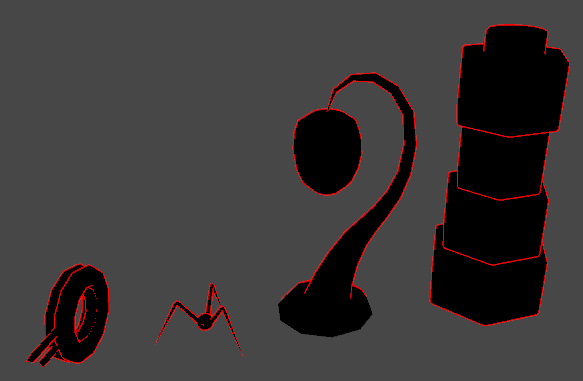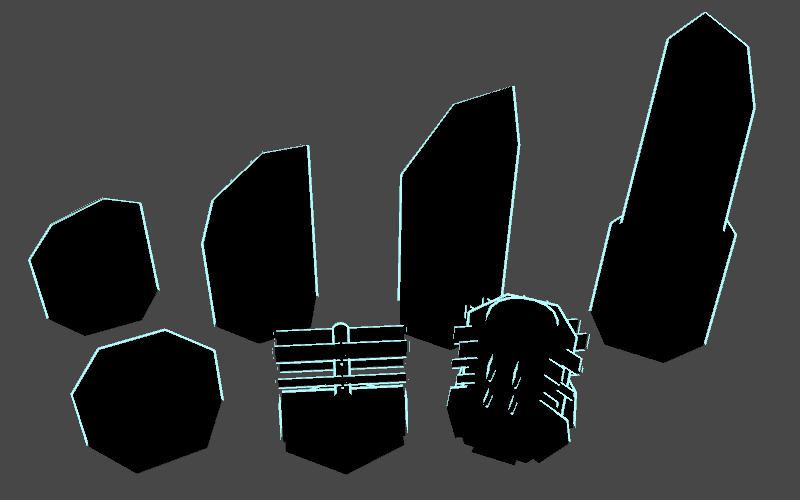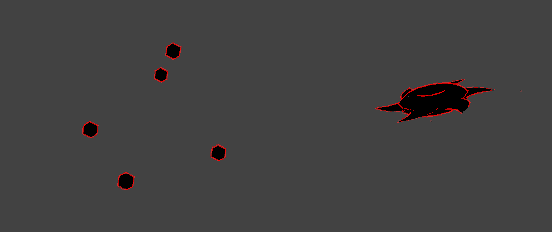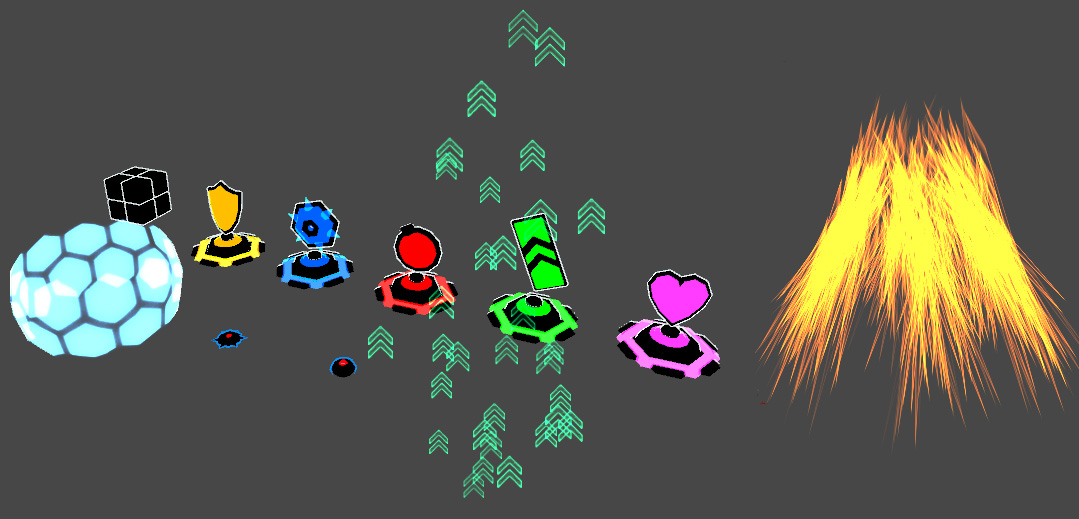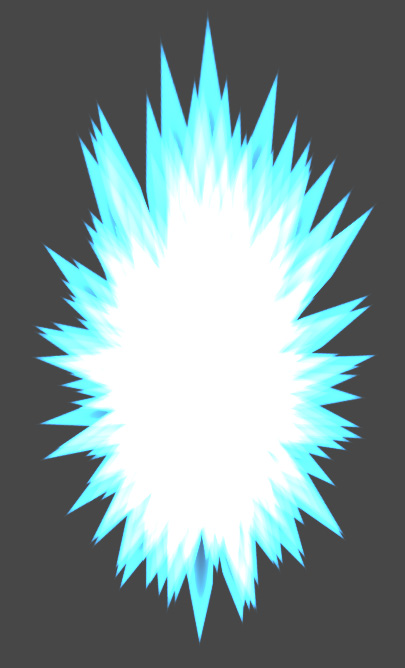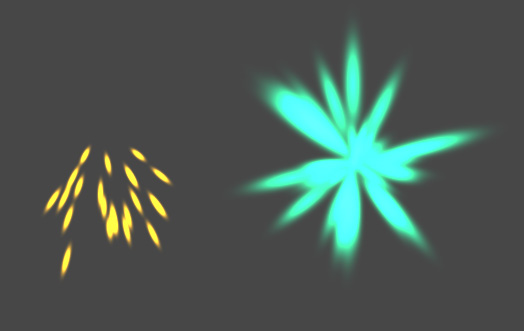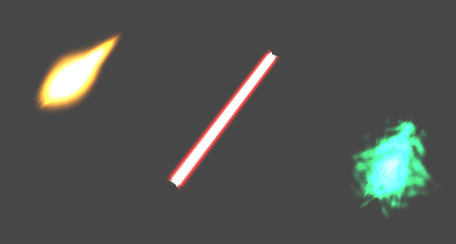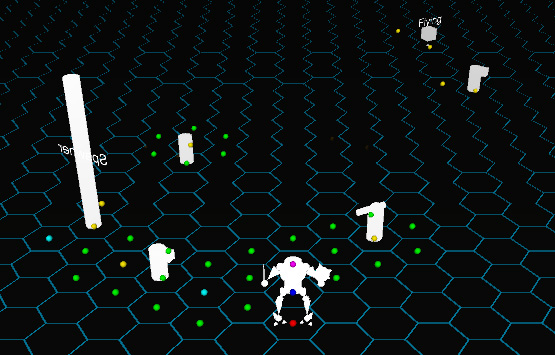After a too long absence, I started working on my game again. I created some new enemy models (the spider is not yet rigged). The two on the right are Spawners for the Spider and the Disc from an earlier post respectively.
Also I created some buildings, for decoration and mainly to allow me to create different levels. They block all kinds of projectiles, the fence is destructible.
Lastly I also delved into scripting again. The buildings have their own behavior to control the blocking of projectiles and actors, as well as their destruction. Additionally I added a simple calculation to the enemies’ and other placeable objects’ scripts to make them find the closest tile to their world-position on start, so I can now place them directly in the Unity viewport instead of having to manually determine the tile number I want them to start on. Makes level-design easier. Having to dial in every tile by hand would have put me off level-designing entirely, to be honest.
